1st prize winner of the 2030 Transformation student challenge to renew Hunts Point in the Bronx, NY
By Bustler Editors|
Monday, Jun 16, 2014
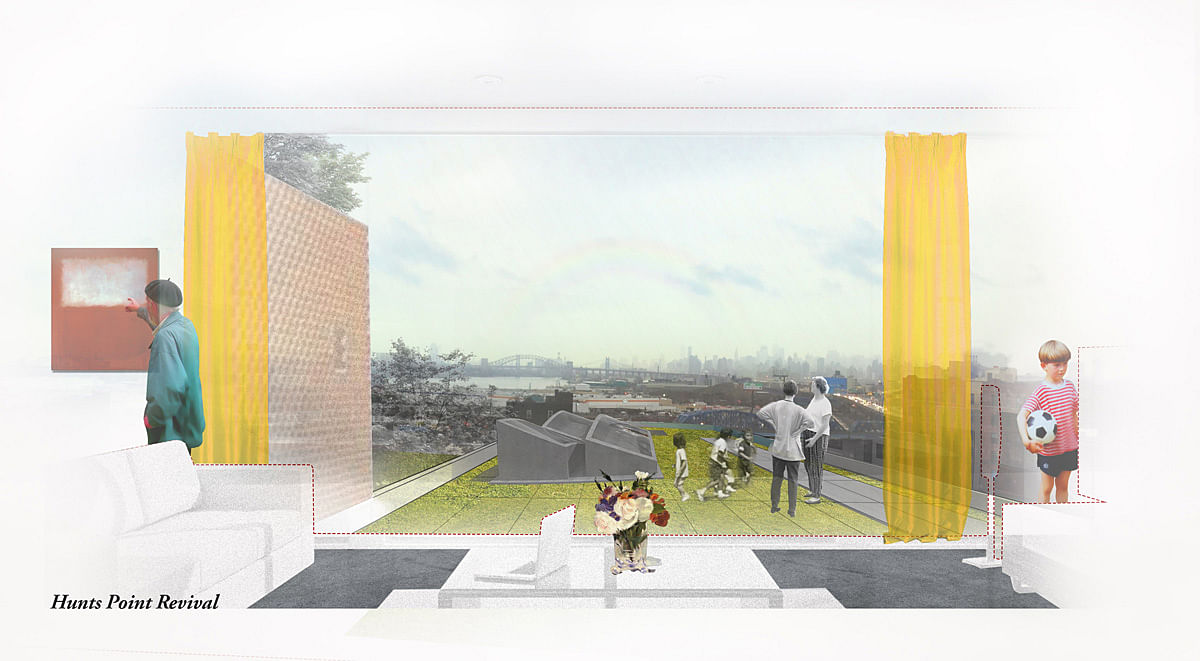
Related
In the 2030 Transformation student design challenge, architecture and engineering students were asked to design a high-performance building based on current industry needs and regulations to be located in a community in need. Once participants completed an Autodesk BPA course online, they were able to lend their skills and ideas to make a positive impact and get that real world experience.
For grand prize winner Ukrainian architect Maksym Rokhmaniiko, his proposal aims to improve energy performance and socioeconomic quality that respond to the needs and demands of the Hunts Point neighborhood in South Bronx, New York.
As part of his prize, Rokhmaniiko received a 5-8 week paid internship at global architecture firm Perkins Eastman.
Check out the proposal below.
Project description:
"This project’s design priorities are energy performance and socioeconomic sensibility. Given this focus, this proposal was developed through extensive performance simulations and detailed studies of climate and socioeconomic context."
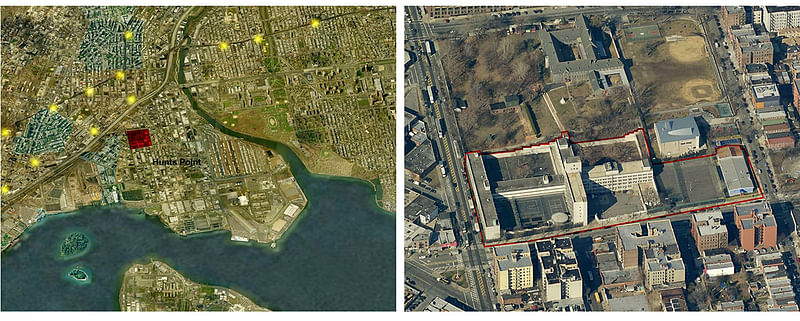
"The site to be used in the Transformation 2030 Design Competition is the former site of the infamous Spofford Juvenile Center (later known as Bridges Juvenile Center), located in the northwest region of the Hunts Point in New York City’s South Bronx. By designing on an urban infill site, the competition also seeks to use design as a tool to positively transform communities and society at large."
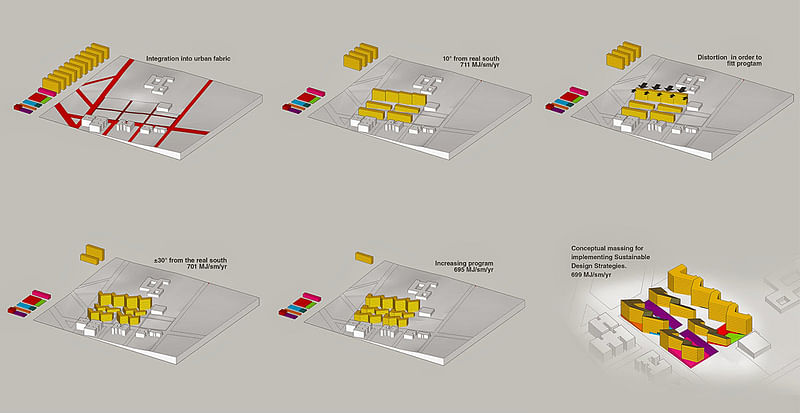
"The optimization of the proposal, around the aforementioned areas of focus, was implemented via the following steps:
- A study of climatic data and raw energy models, conducted in parallel with a study of the socioeconomic and aesthetic context.
- An assessment, based on the above climate studies, of the available strategies that can be utilized in order to add comfort hours passively. (According to Climate Consultant and Autodesk Weather tool, most of increase of comfort hours can be achieved through such strategies as passive solar heating, natural ventilation and thermal mass effects.)
- Utilizing swatches from the 2030 Palette, in order to guide in the implementation of selected strategies and add some other sustainable design strategies."
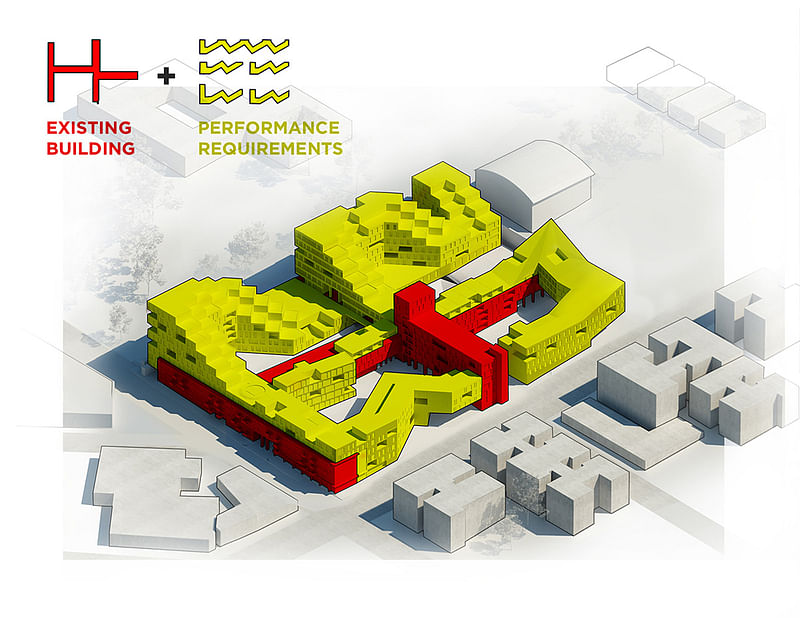
Cont'd:
- "Understanding and analyzing how energy performance requirements affect the overall building’s morphology. (Orientation of a blocks along with East – West axis was proved to be beneficial because of a number of reasons – providing heat when it is needed and minimizing it during cooling period, as well as providing opportunity for cross ventilation, situating a blocks perpendicular to prevailing winds; the need to block north-eastern cold winds where established).
- Creating and testing iterative massing prototypes, shaped purely by program and performance requirements via raw Vasari models.
-
Continuing simulations assessing the energy performance of the building, while adding other socioeconomic, programmatic, and aesthetic pressures shaping the building.
E.g., the existing structures on the site*, the desire to have sunny public spaces, the morphology of the surrounding urban fabric and the positioning of the programmatic elements of the building, in relation to the programmatic morphology of the surroundings, etc."
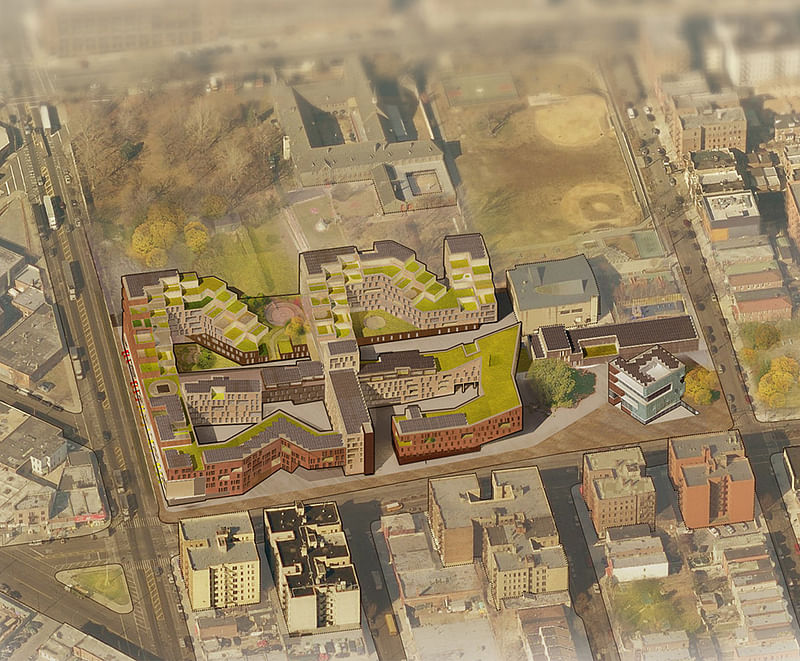
"As a result of the final Building Performance Analysis the EIU of the massing is 61.2 KBtu/SF, which is 15% less than average Northeast Multi-Family Building1. The best result we achieved with the same Energy Settings and program is 60.9 KBtu/SF, which is only 0.5% less than the final model’s result.
Looking at the Potential Energy Savings chart, it can be seen that the massing’s performance can be further improved via increasing Plug Load and Lighting Efficiency."

"Moreover, using efficient equipment and lights, shading devices, movable insulation during nights, as well as allowing for cross ventilation, using thermal mass effects, by raw estimations will decrease EIU for 50% more."
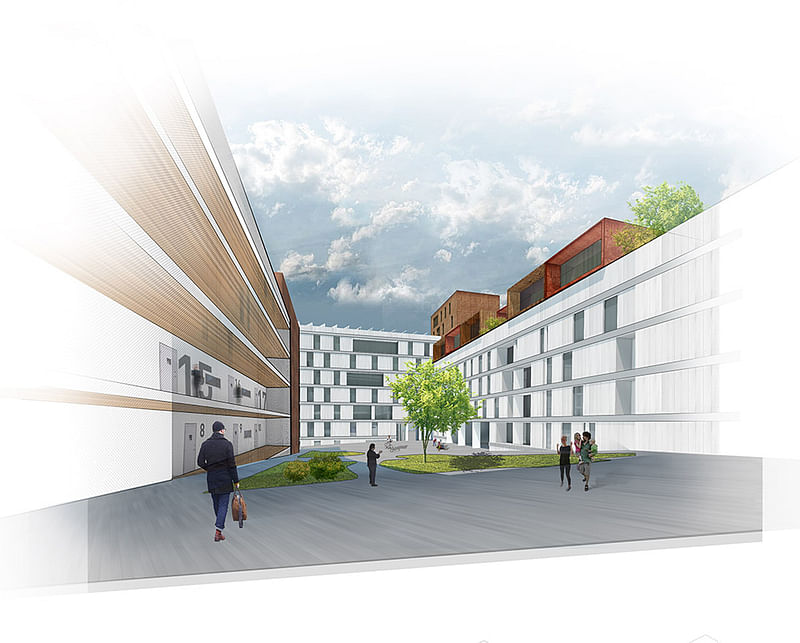
"The main concept that lies in the basis of The Cube design is the building, which would be able to contribute to the city and benefit its inhabitants. Not only it can improve socioeconomic healthiness of the Hunts Point by providing an opportunity to generate income, being a “safety guard” of the neighborhood, working 24/7 and creating the place for Special Events; it also is meant to be contributing to the site spatially, shaping public spaces around its compact volume."
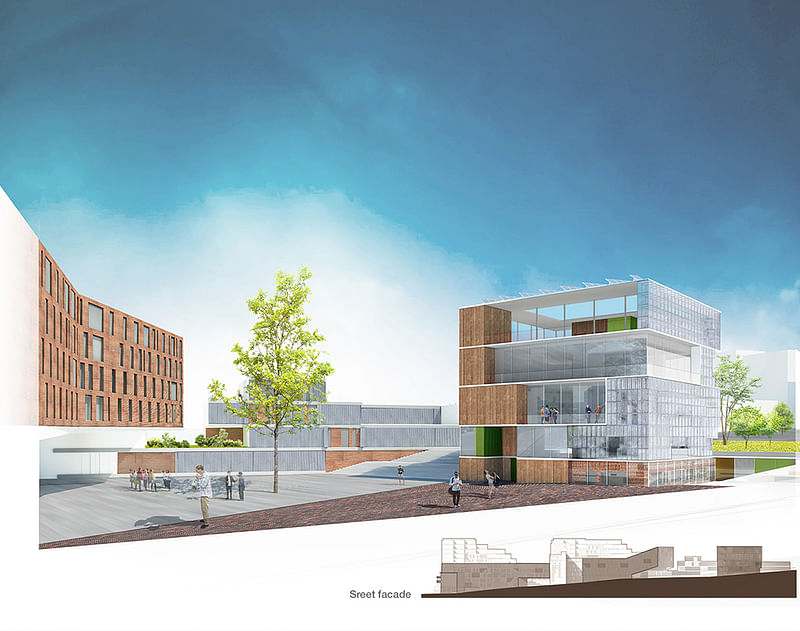
"Using the heat from the sunspace, the heat of the sun, stored in thermal mass and waste heat, recovered from kitchens would reduce heating load for event spaces and local art groups’ spaces which we decided to combine programmatically for the most efficient use (the special event spaces work only in the evenings and weekends)."





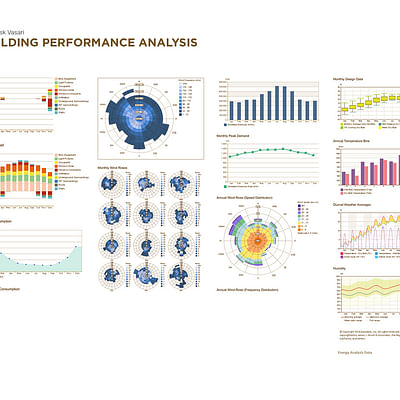
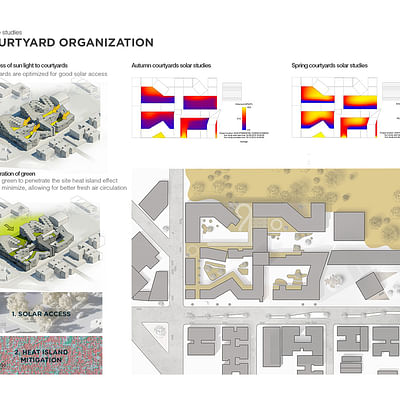

Share
0 Comments
Comment as :